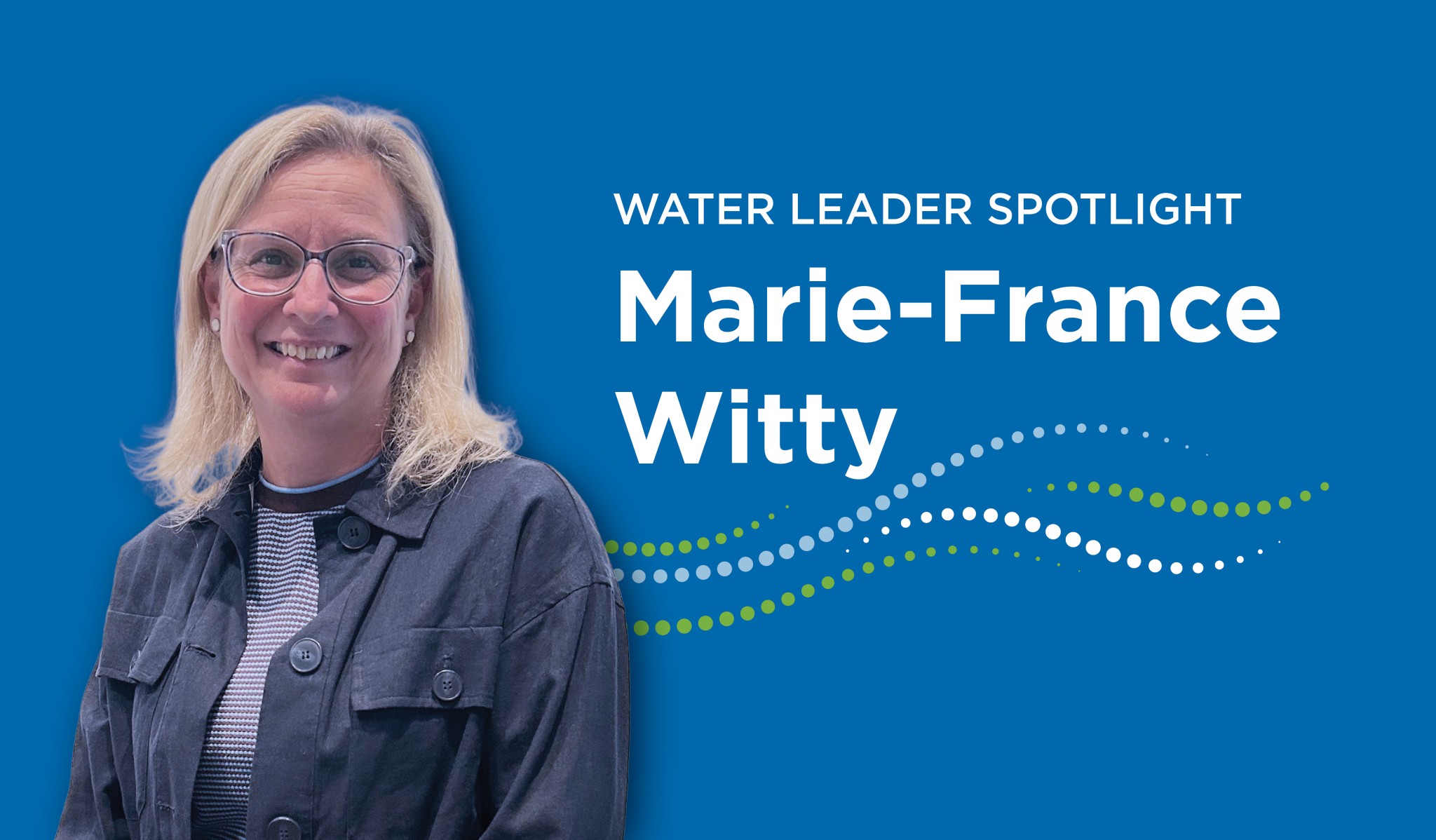Welcome to our hub for briefs. These concise documents aim to inform decision-makers about challenges, considerations and opportunities related to key issues facing the water sector. These briefs are being distributed to support knowledge sharing and guide utilities in their journey toward excellence.
Microplastics in water systems
What to watch for
The federal government is addressing microplastics directly and indirectly, by taking steps to reduce all types of plastic waste entering the environment by 2030, and by supporting research.
- New regulations to prohibit several kinds of harmful single-use plastics came into effect at the end of 2022; they follow the four-year-old regulations to ban microbeads in toiletries in Canada.
- Within the next three or four years, results are expected from numerous scientific studies that are examining all aspects of microplastics across Canada, including their presence in water systems, impacts and potential treatment processes.
- By 2030, the government aims to develop a circular economy for plastics (Government of Canada, 2020): plastic materials would stay in a “closed-loop” system of use, reuse, recycling and recovery, instead of being used once and then discarded (The SustainAbility Institute, 2022).
- Ontario municipalities are required to work with the province to divert more materials containing Tier I and II chemicals from the waste stream, under the most recent Canada-Ontario Agreement on Great Lakes Water Quality and Ecosystem Health (Annex 2), signed in 2021. Annex 2 also targets pathogens in wastewater effluent, combined sewer overflows, and stormwater (Government of Canada, 2019).

PFAS management and mitigation
What to watch for
Federal report on PFAS
The federal government has been reviewing the scientific evidence for treating PFAS as a broad class of chemicals. It will release its report on the state of PFAS in Canada in 2023 (Department of the Environment and Department of Health, 2021).
Potential regulation as a class
In light of the growing concern about PFAS and the federal consultation, PFAS substances may soon be regulated as a single class of compounds according to their chemical structure. The thousands of known PFAS in existence would be classified, regulated and treated in the same way. This would affect water, wastewater and stormwater utilities.
Updates to legislation
Current regulations and guidelines about PFAS date as far back as 1995. Our understanding has evolved considerably since then. When more evidence-based scientific research is completed, drinking water and wastewater managers can expect updated legislation. In addition to regulating PFAS as a class, updates could include a bigger list of banned PFAS substances, additional protocols for sampling, testing and treatment, and additional compliance requirements.













